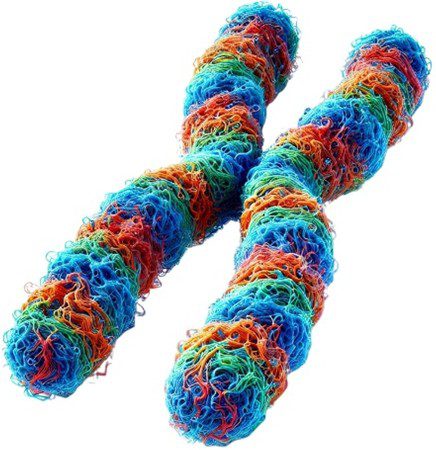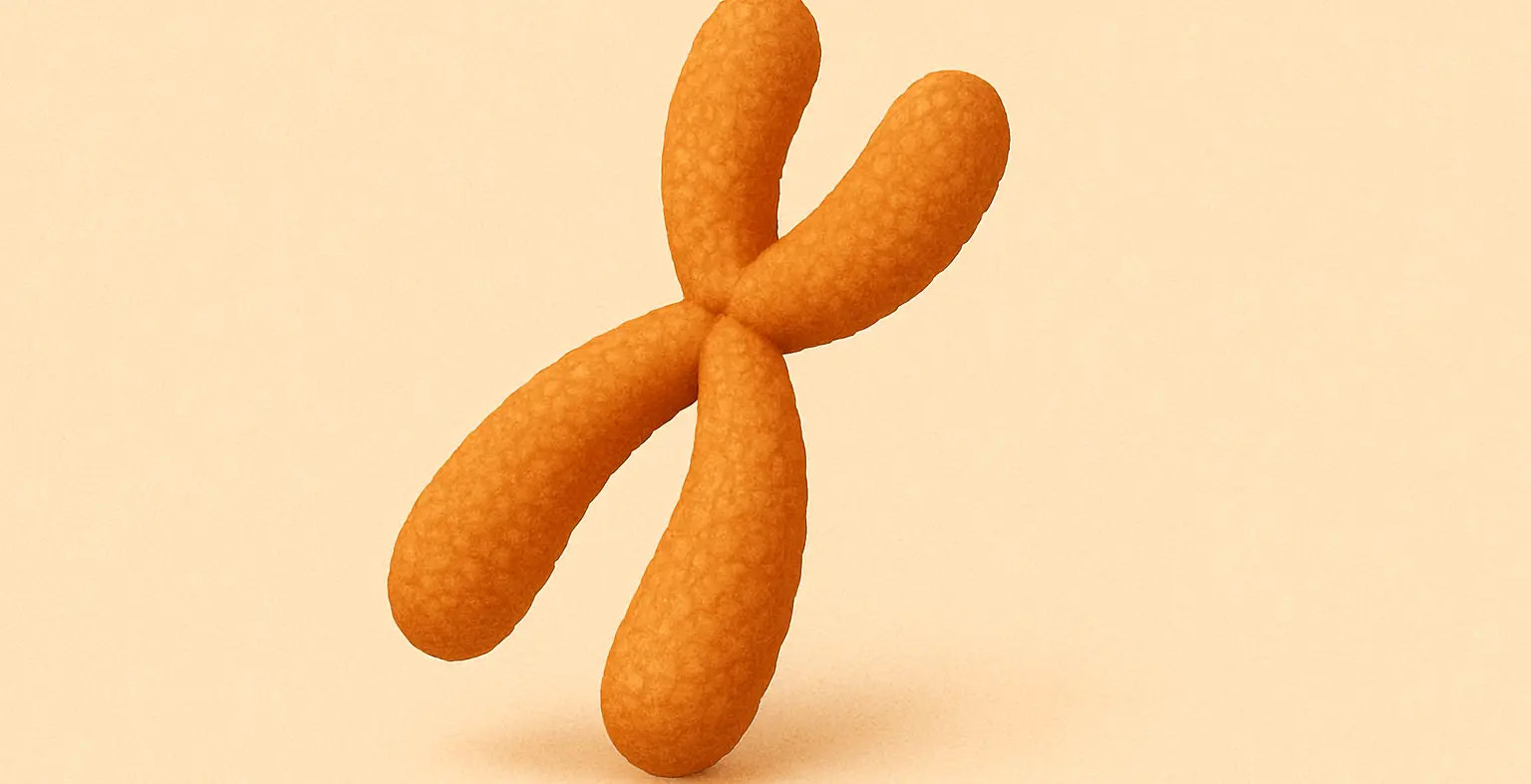- Chromosome are fundamental structures within cells that carry and organize genetic information.
- Their highly organized composition of DNA and proteins, specifically histones, allows for the efficient packaging and regulation of genetic material.
- This detailed explanation will cover the structure, types, function, replication, segregation, and chemical composition of chromosomes, providing a comprehensive understanding of their role in cellular processes and inheritance.

Structure of Chromosomes
- Chromosomes consist of DNA wrapped around histone proteins to form nucleosomes, which coil into a fiber-like structure called chromatin.
- During cell division, chromatin condenses into tightly packed chromosomes.
- This structure facilitates:
- Compact storage of genetic material.
- Critical roles in gene regulation and chromosome stability.
Types of Chromosomes
-
Autosomes:
- Non-sex chromosomes that come in pairs.
- In humans, there are 22 pairs of autosomes.
-
Sex Chromosomes:
- Determine an individual’s sex.
- Humans have two types of sex chromosomes:
- Females: XX
- Males: XY
-
Chromosome Classification Based on Centromere Position:
- Metacentric: Centromere in the middle, creating arms of equal length.
- Submetacentric: Centromere closer to one end, resulting in one long arm and one short arm.
- Acrocentric: Centromere near one end, producing a very short arm and a long arm.
- Telocentric: Centromere at one end, resulting in only one arm.
Function of Chromosomes
- Chromosomes serve as carriers of genetic information in the form of genes.
- Genes are sequences of DNA that code for proteins or RNA molecules, vital for an organism’s development, growth, reproduction, and maintenance.
- Chromosomes ensure the accurate replication and distribution of genetic material to daughter cells during cell division.
Chromosomal Replication and Segregation
-
Replication:
- During the S-phase of the cell cycle, chromosomes are replicated, producing identical copies called sister chromatids, which are joined at the centromere.
-
Segregation:
- During cell division (either mitosis or meiosis), these sister chromatids are separated and distributed to daughter cells, ensuring each cell receives a complete set of chromosomes.
Mitosis
- Mitosis is the process of cell division, resulting in two genetically identical daughter cells.
- Mitosis involves four main phases:
- Prophase, Metaphase, Anaphase, and Telophase.
- This process ensures the equal distribution of chromosomes to each daughter cell.
Meiosis
- Meiosis is a specialized cell division process that occurs in sexually reproducing organisms.
- It results in the production of haploid gametes (sperm and eggs), reducing the chromosome number by half.
- Meiosis promotes genetic diversity through recombination and independent assortment of chromosomes.
Chemical Composition
- Chromosomes are primarily composed of DNA and proteins, particularly histones.
-
DNA:
- DNA is a double-stranded molecule made up of nucleotides.
- Each nucleotide consists of:
- A sugar (deoxyribose).
- A phosphate group.
- One of four nitrogenous bases:
- Adenine (A).
- Cytosine (C).
- Guanine (G).
- Thymine (T).
-
Histone Proteins:
- Histones are positively charged proteins that interact with the negatively charged DNA to form nucleosomes, the basic unit of chromatin.
- Nucleosomes allow the compact storage of genetic material and play a role in gene regulation.

